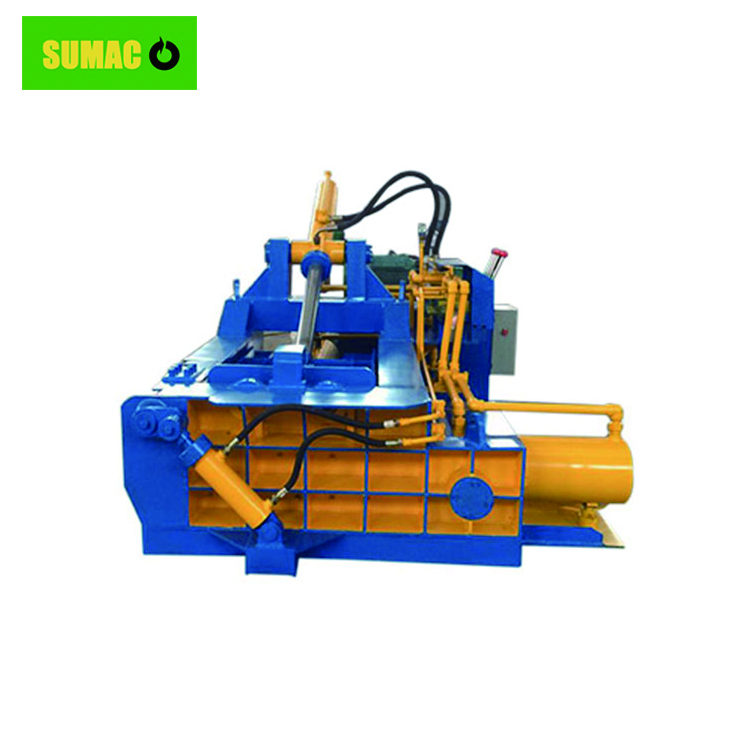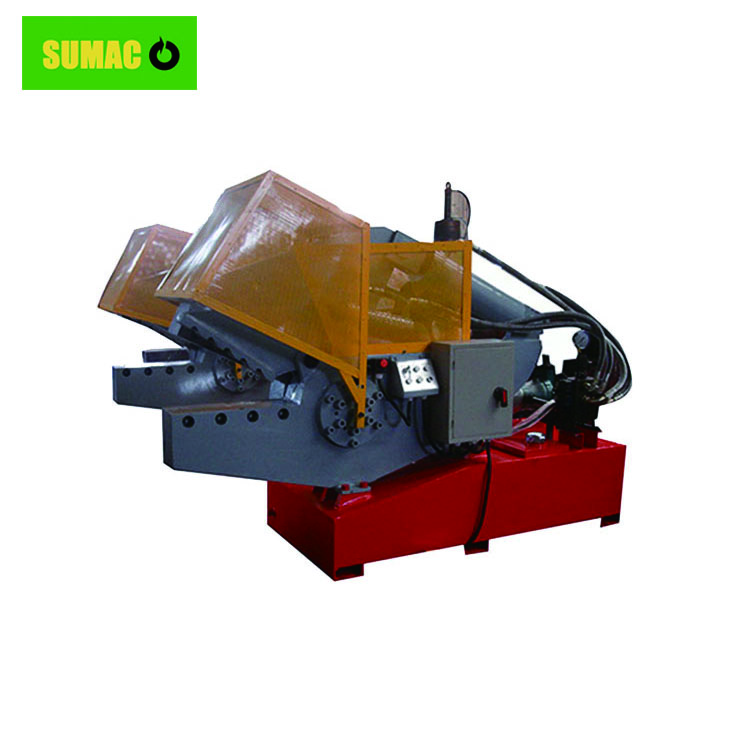When considering the capacity problem in the process of selecting the equipment room UPS, the relevant factors determining the size of the capacity should be listed, and the specific relationship between each factor and the capacity should be specified. The reference factors for determining the UPS capacity are: actual load capacity, type of load, capacity utilization rate, environmental conditions, type of UPS and actual load capacity, and potential capacity expansion requirements.
1, the actual load capacity: This is the most fundamental factor in determining the size of the UPS. The output capacity of the UPS must meet or exceed the load requirements to ensure normal power supply. In practical applications, consider whether the UPS uses centralized or distributed power. The total amount of load using centralized power supply should be the cumulative power of all the power supplies supplied by the UPS in the equipment room. The use of distributed power supply is determined according to the load of each UPS.
2. Type of load: Different types of loads have different ratios of active power and reactive power, but the UPS needs to provide sufficient active power and reactive power to the load at the same time, and the actual output capability is limited by the load type. Taking a UPS with a power factor of 0.7 as an example, the general calculation method is: the VA value of the resistive load = W value ÷ 0.7; the VA value of the inductive load = W value ÷ 0.3.
3, UPS capacity utilization rate: For high-power UPS, it is generally recommended that the capacity utilization rate be controlled at 0.6 to 0.8.
4. Environmental conditions: The operating temperature of the UPS should generally be controlled within the range of 0 to 40 °C. For every 1000m increase after an altitude of more than 1000m, the UPS should be derated by 5%.
5, UPS type and actual load capacity: different types of UPS its load capacity is different. The output capability of the power frequency machine is better, and the actual load capacity of the high frequency machine is only 0.9 times that of the power frequency machine.
6. Potential capacity expansion of equipment: The UPS capacity should be considered in consideration of the future expansion of the equipment, leaving a certain margin.
Metal Recycling Equipment
Sumac is specialized in Metal Recycling Equipments, which included Metal Recycling Machine, Metal Baler Machine, Metal Shear Machine, etc.
Metal hydraulic baler is suitable for steelmaking, recycling and processing industries and non-ferrous and ferrous metal smelting industries.
The Metal Shear is used for cold shearing of various sectional shape scrap metal and cutting off various specified lengths of steel in rolling mill.
If you need a better solution for Metal Recycling Equipments, please contact SUMAC.



